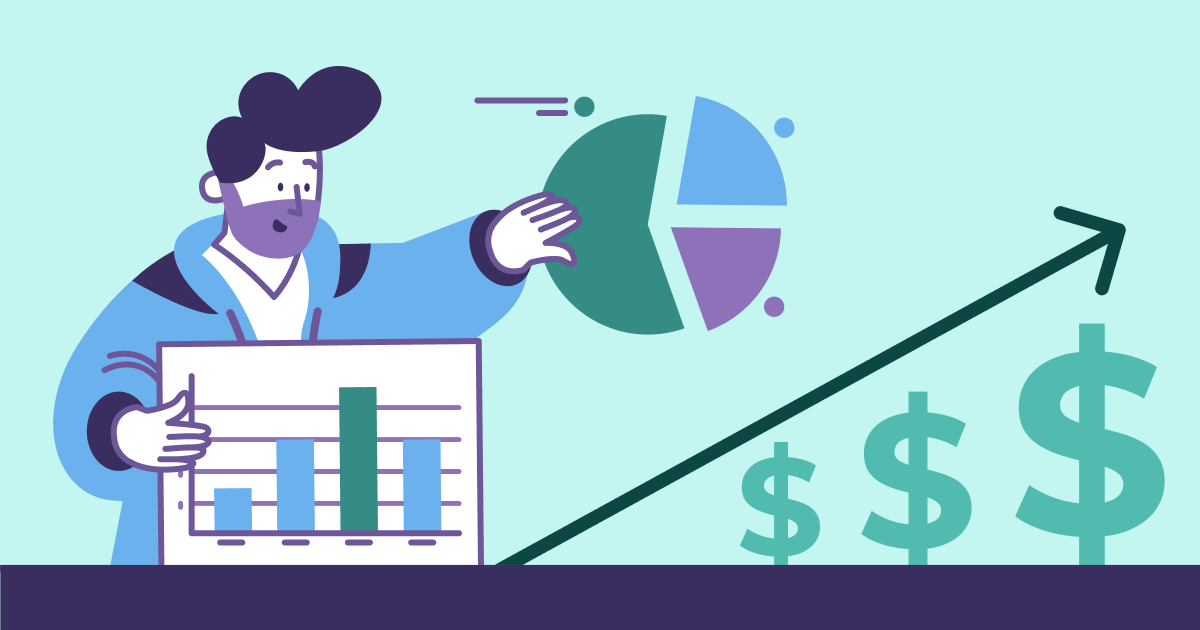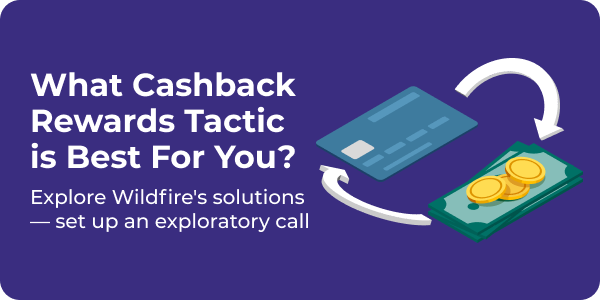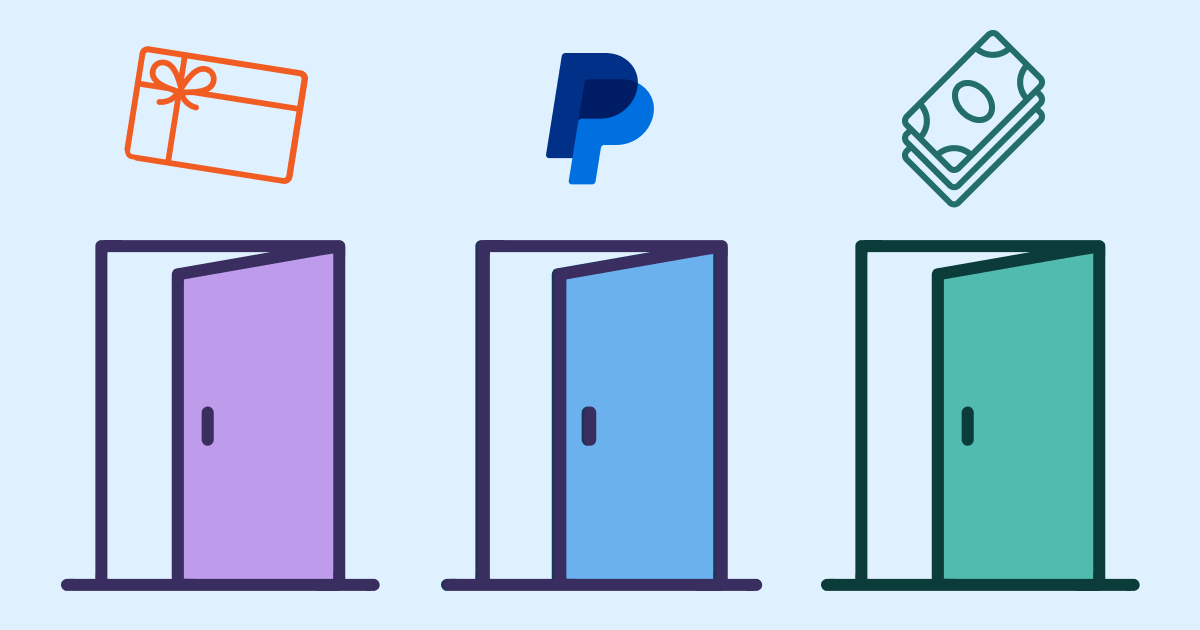Cashback programs are a vital tool for businesses looking to drive customer engagement and loyalty, while also boosting revenue. And customers themselves are using cashback rewards programs more than ever, as the economy still feels uncertain to many.
However, launching a cashback program is only half the battle. Now you need to execute a well-planned marketing strategy, making data-driven adjustments along the way to optimize results.
But how will you know what “success” means for your cashback rewards program?
Here’s a comprehensive guide on how to measure and improve the effectiveness of your cashback program, using a variety of key metrics and insights from our strategic marketing professionals along with our proprietary analytics tools.
Define Which Key Metrics You’ll Use To Measure Cashback Program Success
After you’ve defined your overall program goals, you can then start to define what other metrics to use to assess customer engagement, revenue, etc. Understanding how the overall marketing funnel works and impacts your program outcomes is critical, as making small improvements in every part of the marketing funnel can result in incremental overall improvements.
Good news! When you launch your cashback rewards program with Wildfire’s white-label rewards platform, one of the value-adds we provide to clients is a strategic client marketing team who will work with you to outline your cashback program’s marketing strategies, offer best practices and case studies, and help you evaluate the results of your efforts.
So we can help you define, understand, and track these additional key metrics that will offer more insights to help in evaluating the success of your cashback program.
- Open & Click Rates of Marketing Messages: These reflect customer interest and engagement with the rewards program. Monitoring these rates provides insight into whether your promotional strategies and messaging are resonating with your audience.
- Browser Extension Installs: The number of installs is a clear indicator of your success achieving customer reach and driving program engagement. High install rates mean more customers are opting into your program.
- Eligible Cashback Alerts: Every time your extension pops up on a customer’s browser, it delivers a brand impression and reminds the user of the available rewards. These are valuable for keeping your brand top-of-mind for the customer to associate as the provider of valuable shopping rewards.
- Offer Activations: This is one of the most critical metrics, as it tracks how many customers are engaging with and activating cashback offers. A higher activation rate shows strong customer interest.
- Completed eCommerce Purchases After Activations: It's not just about activating offers—tracking purchases made after an activation is crucial as this is what ultimately drives your program's financial returns.
- Average Order Value (AOV): Monitoring AOV helps you understand customer spending behavior. Are users buying higher-ticket items after activating offers? Tracking shifts in AOV can signal changes in customer preferences.
- Commissions Earned: Finally, commissions earned from your cashback program participants’ purchases reflect the direct financial impact of the cashback program on your topline revenue.
We do ask our clients to assist us with tracking elements of the marketing funnel, so we can derive insights from your marketing tactics and suggest improvements. We ask each client to help us fill in marketing metrics on a regular basis, so we can help analyze your marketing effectiveness.
Monitor Success with Our Proprietary Client Reporting Tool
Our proprietary client reporting tool, “PADMIN,” is a critical asset for tracking and optimizing your cashback program’s performance. Updated in real-time, this tool provides visibility into how your program is performing across multiple dimensions, allowing you to make timely decisions.

- Real-time updates ensure that you have the most current insights into customer behavior and program results.
- Customizable time ranges let you monitor short-term promotions (e.g. the immediate impacts from when an email dropped, for example) or track long-term trends (e.g. what types of marketing are consistently driving the most extension installs, or offer activations or purchases, etc.) to evaluate growth.
- Merchant breakdowns are another dimension of this tool, to show exactly where your customers are shopping and which ecommerce sites are driving the most value for your customers.

Wildfire also offers a solution to campaign tracking with our tool, “Jump Track,” to track your browser install marketing campaign conversions. Plus, it can also redirect users to the correct extension store based on their browser.
By using these tools and working with Wildfire’s client marketing team, you’ll be able to identify trends and adjust strategies in response to multiple data inputs.
Using the Data to Optimize Your Cashback Program
Analyzing the metrics collected through your own analytics as well as Wildfire’s PADMIN reporting tool allows for a continuous feedback loop, where you can refine and improve your program based on real customer behavior.
Here are a few strategies to maximize your cashback program’s success over time:
- Identify High-Performing Offers: Use merchant breakdowns and offer activation data to prioritize top-performing ecommerce sites and highlight / cross-sell these sites to your customers.
- Improve Customer Engagement: By analyzing open and click-through rates, you can tailor marketing messages and campaigns to align more closely with customer preferences. For example, if users engage more with seasonal promotions, you can focus on creating timely, themed offers.
- Boost Average Order Value: Encourage customers to spend more by promoting higher-value items or bundling offers for increased savings. A deeper look into your AOV can help you introduce targeted promotions that increase spending at specific merchants or categories.
- Maximize Commissions: Track which merchants consistently generate the most commissions and focus promotional efforts on them. By identifying these trends, you can strategically market offers that drive the highest returns for your business.
Leverage Growth Testing for Continuous Improvement
Growth testing can take your cashback program optimization to the next level. By regularly conducting A/B tests and other growth experiments, you can identify what’s working and what’s not. For example:
- A/B Testing: Compares two versions of a marketing asset, such as an email subject line or website layout, to determine which performs better.
- Multivariate Testing: Analyzes multiple variables simultaneously to identify the most effective combination of elements for optimizing performance.
- Split Testing: Divides the audience into segments to test different marketing strategies or messages, allowing for the comparison of results across different groups.
Conducting testing strategies like these ensures continuous improvement of your program.
Wrapping Up
Measuring the success of your cashback program is an ongoing process that requires regular data analysis, a clear understanding of your company’s goals, and the use of sophisticated reporting tools. By leveraging these insights, you can fine-tune your program to increase participation and engagement, drive more incremental revenue, and maximize your overall program results to meet your goals. With ongoing data analysis and a proactive approach to optimization, your cashback program will not only meet but exceed your expectations.






